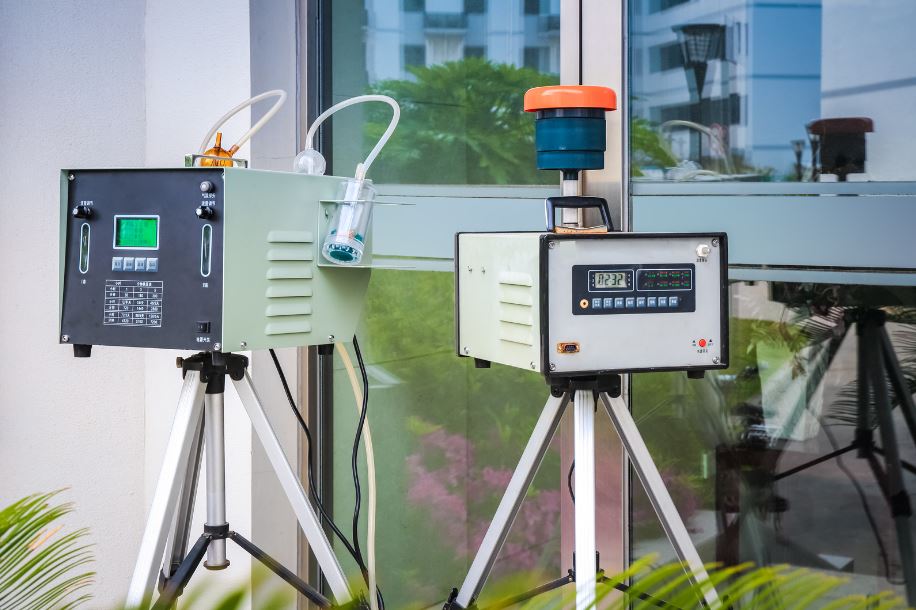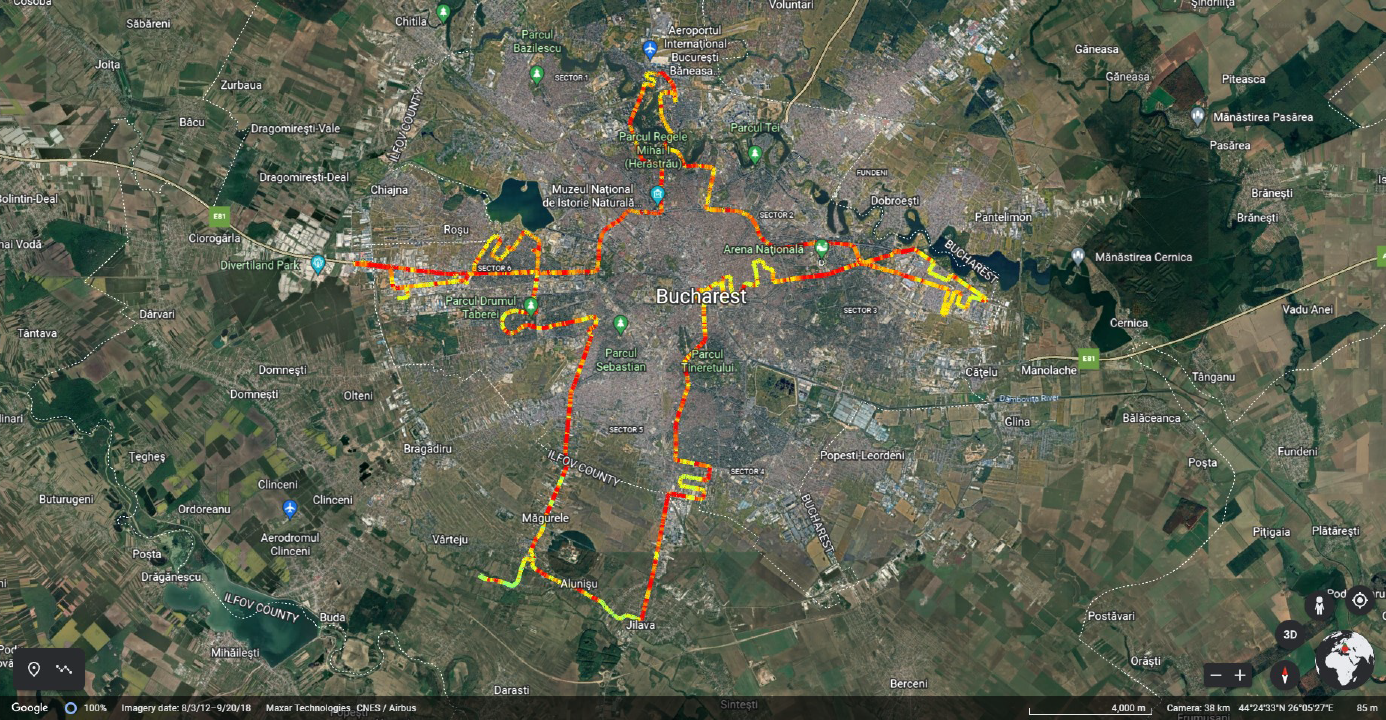
The first stakeholder meeting shows the advancements in RI-URBANS’ pilot activities
- RI-URBANS’ first stakeholder meeting was held online on May 30th with the objective of demonstrating the project’s societal and environmental benefits and informing about the progression of the pilot actions.
- The stakeholder discussion promoted cooperation and common efforts between RI-URBANS and other air quality monitoring actors.
The RI-URBANS’ first stakeholder meeting was held online on May 30th with the aim of showing the advancements of the project pilot activities to the stakeholders and bringing together the expertise and feedback from all the actors.
A total of 57 participants attended the meeting. Among the stakeholders, representatives of the European Environmental Agency (EEA), the World Health Organization (WHO), and the World Meteorological Organization (WMO), together with delegates from several European Commission institutions (DG-ENV, JRC, or AQUILA) provided valuable feedback on RI-URBAN’S progress during its first year.
After a brief introduction of RI-URBANS’ challenges, objectives, and strategic pillars by Xavier Querol and Tuukka Petäjä, coordinators of the project, the pilot leaders took the lead in explaining the advancements in each of the pilot cases.
Pilot 1 – Near-real-time aerosol apportionment of carbonaceous aerosols
Hilkka Timonen, from the Finish Meteorological Institute (FMI), described the main objective: to pilot near-real-time source apportionment tools combining Aerosol Chemical Speciation Monitor (ACSM), organic aerosol, and aethalometer black carbon online measurements, and its related tasks.
The pilot is expected to start on 1st January 2023 and the implementation will take place in 13 sites in 7 European countries.
Pilot 1 has also started building synergies with the US. Having similar tools to make intercomparisons and obtain comprehensive observations will provide great benefit in the advancement of air quality monitoring in both the EU and US urban environments.
Pilot 2 – Near-real time provision of nanoparticle number size distribution data
David Beddows, from the University of Birmingham, explained Pilot 2. This pilot provides nanoparticles data and their size distribution from 3 main European cities (Barcelona, Birmingham, and Helsinki), together with 2 volunteer cities (Paris and Athens).
The explanation was followed by a discussion between RI-URBANS’ coordinators and some stakeholders about ensuring the compatibility of observational data between ACTRIS and Air Quality Monitoring Networks for aerosol size distribution measurements, and the standardization of these measurements.
Pilot 3 – Urban fine-scale mapping including innovative modelling, monitoring, and crowdsourcing.
Katherin Sartelent (French National Centre for Scientific Research, CNRS) and Gerard Hoek (University of Utrecht) showed the Pilot 3 progress with its objective of describing the urban variability of outdoor exposure to nanoparticles and other pollutants using modelling tools, mobile measurements, black carbon and particulate matter mid-cost sensors, and the citizens’ participation.
Some of the campaigns involving different mobile measurement approaches have already started (i.e. Bucharest campaign). The Rotterdam and Birmingham campaigns are expected to start in Autumn 2022.

Ultrafine particle concentration (raw data) measured on May, 4. 2022 in Bucharest. | Image source: Doina Nicolae (INOE)
Pilot 4 – Novel health indicators of nanoparticles and particulate matter components and source contributions.
Kaspar Dällenbach (from the Paul Scherrer Institut, PSI) described the Pilot 4 focus on novel health indicators of both short-term and long-term regulated (NOx, SO2, PM10, and PM2.5) and non-regulated pollutants and their sources. He described some of these novel parameters, such as particulate matter concentration or oxidative potential. The pilot has already started in Athens, Barcelona, and Zurich.
The representative from Zurich proposed to incorporate additional data from the city into this pilot dataset, such as Volatile Organic Compounds or the ratio BC/EC.
Pilot 5 – Pollution hotspots
Arnould Apituley (Royal Netherlands Meteorological Institute, KNMI) described several campaigns that are in preparation in Rotterdam, Bucharest, Bologna, and Milano. The hotspots (harbour, airport, traffic road, etc) and urban scale mapping are still to be addressed, and in-situ and remote sensing techniques, to be applied.
After the pilot activities were exposed, Cathrine Lund Myhre (NILU) updated on RI-URBANS’ data management. The project data curation and management will take advantage of the service tools and procedures in ACTRIS and IAGOS, and follow when possible.
